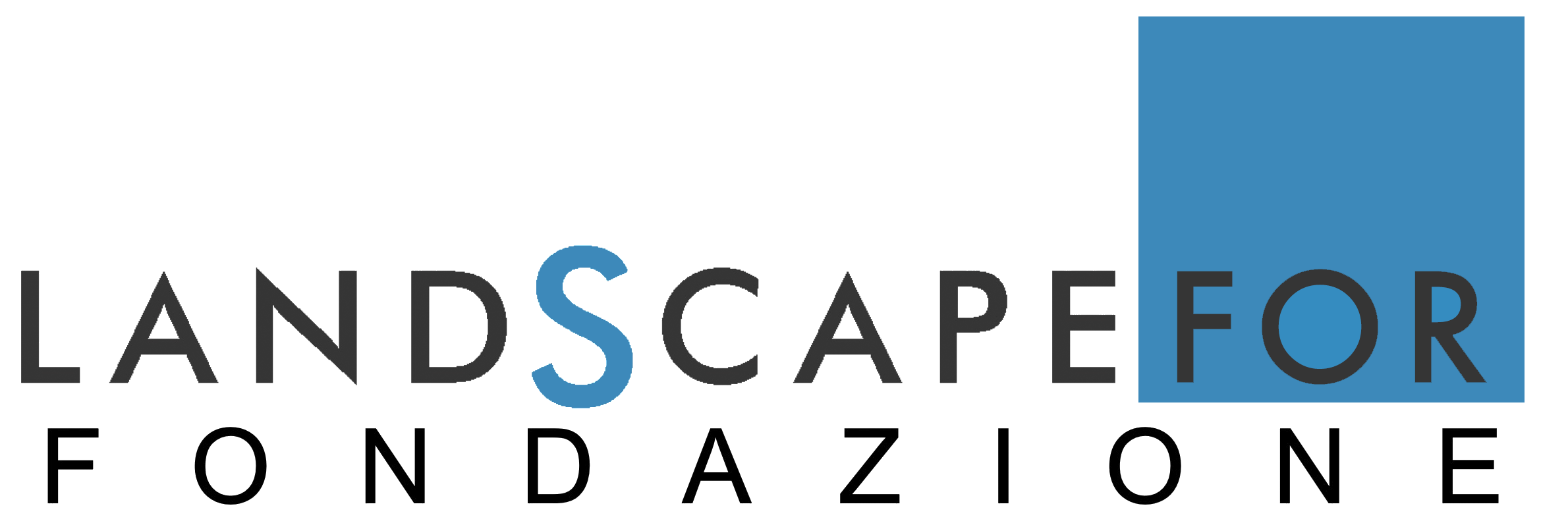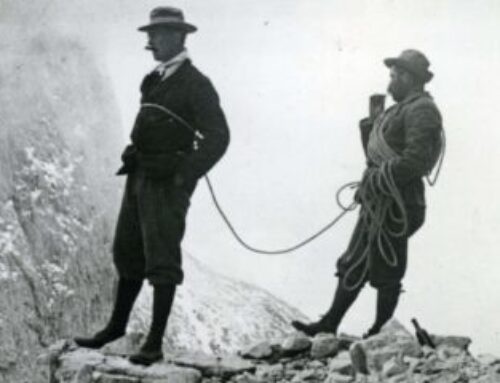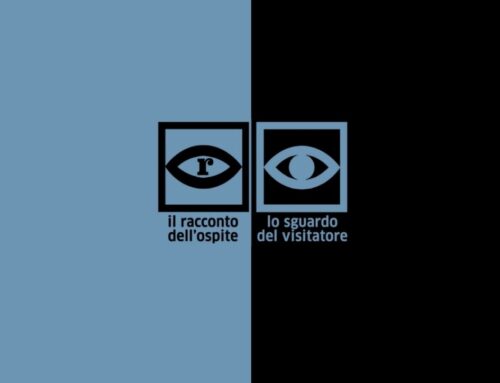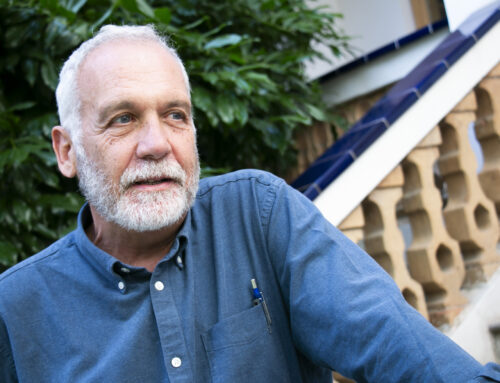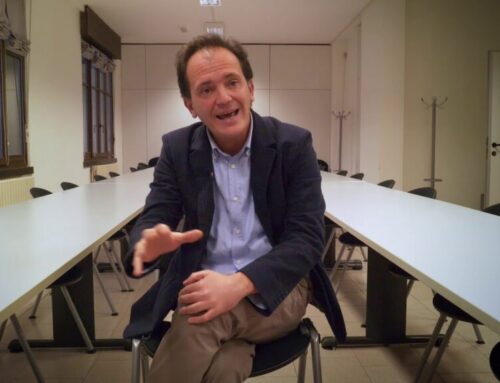The report of a concluding conference of the first phase of the Association’s project for the Canavese area, with a contribution from Fond. San Paolo. The use of Atlasfor pointing out little-known places and routes, the prospect of training local youth, and the involvement of the “active landscape.”
May 13, 2021 | Ivrea | webinar @ICONA
Luca Dal Pozzolo (Cultural Observatory of Piedmont) introduces Pietro Valentino (Director Economy of Culture)
Maria Grazia Bellisario (Economy of Culture Editorial Board)
John Paludi (Piedmont Region Land and Landscape Sector)
Paolo Castelnovi (Landscapefor Cultural Association)
Renato Balestrino (Consortium of Royal Savoy Residences)
Alessandra Gallo Orsi (Agliè Castle Director)
Maria Paola Azzario (Center for UNESCO Turin)
Alberto Zambolin (ICONA President – Ivrea)
Marco Campagnolo (Lecturer Fondazione Casa di Carità Arti e Mestieri di Ivrea)
Maria Cristina Cresto (Osteria La Sosta, Settimo Vittone)
Giorgio Gnavi (Cantine Gnavi, Caluso)
—
Facebook Live at www.facebook.com/landscapefor
—
To participate in the webinar, send an email request to: info@landscapefor.eu
—
From May 20, the recording of the speeches will be posted on www.youtube.com/user/Landscapefor
A NECESSARY PREMISE
Italy is perhaps the country in the world that can most benefit from the trend of rediscovering proximity tourism. For many reasons, citizens of metropolitan areas are driven to explore the territory within a radius of 100/200 km. to enjoy an immense widespread heritage not only of goods but also of local activities and initiatives of cultural interest.
Telling the landscapes and the thousands of territorial resources to entice slow and proximity tourism, showcasing the less celebrated activities and assets, off the mainstream circuits.
It is an endeavor that seems titanic, but one that becomes achievable if two conditions are met:
(a) an area dense with an “active landscape,” that is, with actors who have elaborated place-bound culture, have studied and documented widespread assets, are engaged in receptive services and local productions of excellence, and finally are willing to pool the results of their efforts;
(b) a mode of representation that is rigorous and timely, yet agile in consultation (including on site), flexible in preparation (implementable, correctable, translatable), and capable of collecting, metabolizing, and displaying diverse materials (particularly iconographic): in our case, Atlasfor, the online and free map with in-depth multimedia fact sheets of cultural goods and activities.
*
THE EXPERIMENTATION INITIATED
The Landscapefor association is experimenting with local practitioner-assisted editing of Atlasfor in the Canavese area, and on May 13 this year it will present its first results in a webinar from ICONA headquarters in Ivrea.
The experiment, which has benefited from a grant from the Compagnia di San Paolo, outlines the first features of a narrative of the area of the Morainic Amphitheater and its surroundings, without delving for now into the area of Ivrea and the Olivettian assets on the UNESCO List: we want to let people taste the doughnut while leaving the center (already overexposed by many presentations on the occasion of the World Heritage List inscription) empty.
For Atlafor Canavese, the “Scope 28 Eporediese” sheet of the Regional Landscape Plan (PPR) was taken as the frame of reference, which lists more than 200 points of interest (POIs) in various capacities.
In order to choose the POIs to be explored in depth, we involved local “active landscape” stakeholders (institutional and non-institutional), proposing that they make available to us the documentary materials they had already processed.
These are the materials that, suitably integrated and edited, have made it possible to date to populate the map of the area in Atlasfor with more than 50 cards of points of interest, and as many more are in preparation.
In addition, the map is enriched with about 40 cards aimed at documenting the very subjects of the “active landscape” that responded to the call: from ecomuseums to local associations, from agricultural and artisan businesses reported to performing art producer groups, from schools active in the area to receptivity of excellence for tradition or innovation.
The experiment conducted so far thus constitutes the start of a process that in the Canavese area should continue, with the materials available from other areas as well (including Ivrea) in an autonomous and sustainable way, and very limited costs for the stakeholders.
This is a process that can be replicated in other areas with similar density of subjects and cultural heritage, provided however that there is an initial investment capacity in terms of:
_funding to tackle the complex work of overcoming the initial inertia, with the involvement of the local Active Landscape, the training of young collaborators for the edition of the first cards (in Canavese, the contribution of Compagnia di San Paolo was partly worthwhile),
_collaboration with local stakeholders capable of triggering word of mouth and enriching the address book of stakeholders (in the Canavese it was worth the Ivrea UNESCO Club).
Excerpt from Atlasfor: project scope: icons identify the different types of Points of Interest
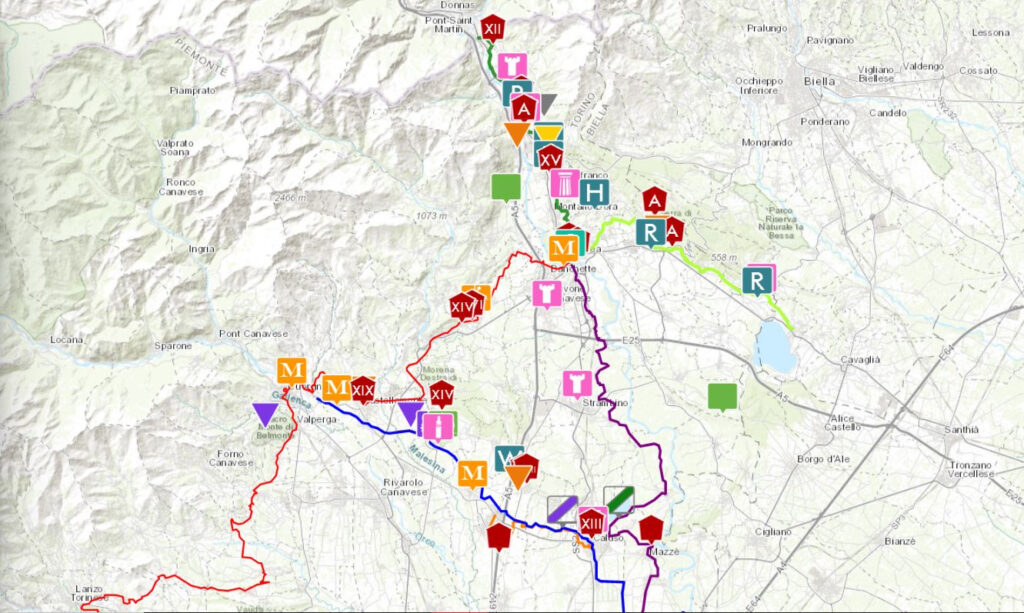
TERRITORY-LABORATORY
The Canavese is a perfect area to interest the curious tourist, counting for example on metropolitan catchment areas within 200 km. with more than 8 million potential users (Genoa, Turin, Milan, Geneva…). Whether solitary or in a group, a student on an educational trip or a scholar of specific aspects, the cultural tourist is always intrigued by itineraries full of (seemingly) minor points of interest and pleasant landscapes along the way, to be traveled slowly, on foot, by bike, or by car on quiet roads.
As seen on Atlasfor’s map, the more than 20 municipalities that are participating in the project are densely packed along historic routes:
the Via Francigena (or Romea , depending on which end it refers to), which runs through the area from Carema to Viverone, at the foot of the north side of the Serra)
the connection between Ivrea and Turin, at least as far as Mazzè
the route of the twentieth-century tramway between Castellamonte and Ivrea
the routes outside the Serra along the Caluso Canal, between Castellamonte and Caluso.
These are the territorial strips that as of today are intended to be presented to the tourist with Atlasfor Canavese, thanks to the enormous amount of material already prepared by the thousands of local initiatives, mostly voluntary or barely supported by the modest funds of the municipalities. This is material that fails to achieve visibility with the metropolitan tourist target because it is too pulverized, easy to get old, and unreachable except by those already familiar with the area.
Instead, the inclusion in AtlasFor of these documentations, suitably re-edited and organized, always cited in the sources, makes it possible to have at one’s disposal a map rich in particular and often unpublished suggestions, easily implemented with new contributions and reports of new initiatives, suitable for the curious wandering that characterizes the metropolitan tourist’s explorations.
OUTCOMES AND PROSPECTS
Support for local development
The provision of an orderly framework of local resources of cultural interest in a broad sense-without the suffocating limits of the municipal territorial dimension or of the public-only or private-only subject-as the one offered by Atlasfor Canavese, favors the adoption of integrated strategies of offering destinations and services for tourism: an important ingredient of local development programs in these kinds of territories, needing supra-municipal scale vision capabilities and supra-regional scale visibility.
But this is not an offer for tourism as an end in itself: the potential of these territories to offer themselves, once known and appreciated in their minute local situations, to those who want to live in better environmental and landscape conditions, taking advantage of the wave of smart working, must be taken into account. It is clear that this epochal prospect of attractiveness for new inhabitants, of great interest to areas fully within the sphere of metropolitan cities, finds a special appeal in the Canavese, as the echo of the Olivettian Community model, which pioneered the terms of living in a diffuse and qualified city in a mixed rural-urban system, has not yet died out.
Therefore, it is essential to provide the most comprehensive pictures possible of the territorial offerings, and therefore Atlasfor, having overcome the necessarily partial experimental phase, aspires to present itself as an overall hub for activities of cultural interest across the board and in an open and integrated dimension.
In this sense, it becomes important to be able to accommodate in the map the citations of each initiative in the area, obviously recognizing their overall autonomy and systematically referring back to the sites that manage the networks and services of the operators that adhere to them. This applies both to sector or place studies, such as those initiated by the fine research promoted by Compagnia di San Paolo (presented a few days ago by the working group coordinated by Anna Marson), and to e-commerce and paid incoming services sites (such as those recently initiated by the visitcanavese.it platform) .
Formation of operator networks
All too often laudable initiatives to promote local heritage and activities of cultural interest die because of the isolation in which they take place, which prevents voluntary or modestly invested actions from crossing the threshold of visibility and duration necessary to be recognized and appreciated. The lack of common planning networks drowns out any initiative for widespread and sustainable tourism, and in the Canavese it has been found in many cases, often even when considerable efforts to activate networks have not reached the sufficient threshold or duration.
A non-secondary objective of Atlasfor Canavese’s experimentation is to consolidate experiences of multi-stakeholder joint initiatives, freely adhered to but verified in their positive effects as a whole, so as to facilitate the preparation of collective subjects, indispensable, for example, to participate in upcoming calls for proposals.
In this sense, asymmetrical networks are relevant, such as those in which a relevant element (such as the Castle of Agliè, for example) offers itself to the territory as a beacon-goods to act as a trainer for all local initiatives, and on the other hand, reinforce the role of supra-local networks of great attractiveness, which are often realized only virtually, lacking effective territorial connections (as is the case in Agliè, part of the system of the Savoy Residences, a UNESCO serial asset, but in fact isolated from the system of residences closer to Turin).
On the other hand, the pandemic emergency has certainly set back many local initiatives and requires for other services that smaller operators are often unable to bear (such as signaling initiatives and product offerings, or booking visits or accommodation).
An effective supply network like the one we want to activate with Atlasfor Canavese cannot be discontinuous in these kinds of minimal services.
So Atlasfor is equipped for an elementary service of in this sense, especially useful for volunteer or small-scale initiatives that have no interest in participating in the specially equipped sites for the various forms of e-commerce already present in the area.
Gymnasium for interested young people
The prospects for local development, nurtured by cultural tourism supply strategies, open up jobs not only in receptive services but also in organizational roles that demand skills for cultural heritage and cultural management, which in the future will increasingly be contaminated with tourism supply strategies, especially where proximity tourism is of particular importance.
In this sense, the experiments conducted so far with Atlasfor (not only in Canavese, but also in the Turin and Genoa areas) with schools, universities and Level III courses have found a growing interest of students in learning skills in the areas of operational research of documentary materials, text and image processing, organization of databases and networks of operators, and tourism promotion through Atlasfor activities. The opportunity of Atlasfor Canavese hints at the prospect of leaving on the territory, through the construction of the atlas, not only reliable networks of operators, but also young people rooted in the territory with skills to manage its offer and evolution in the growing cultural tourism market.
Adaptation to the Landscape Plan
The Atlasfor experiment provides an opportunity for mayors (particularly in smaller municipalities) to verify the presence of assets of cultural and landscape interest in their territory not as a constraint but as a resource, the protection and enhancement of which are implicit in any development program.
A completion of Atlasfor, which gives credit to all the reported aspects of the PPR and places them in the right perspective of valorization, can be placed at the basis of the technical-administrative procedure for the adjustment of municipal master plans, providing a good starting point for the public discussion of the Plan and relations with the relevant regional offices.
